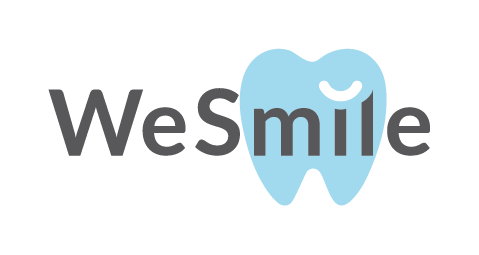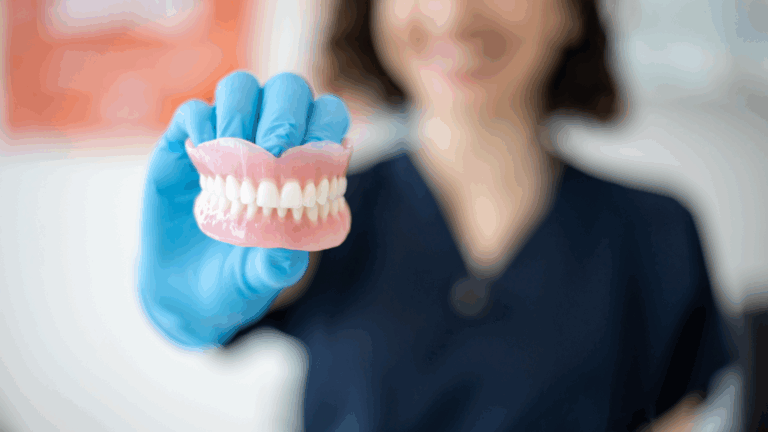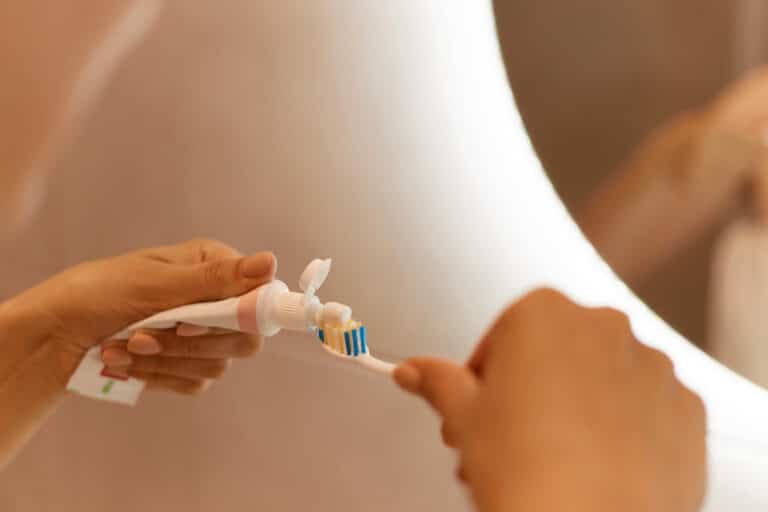Are you looking for a dental solution to correct your overbite or underbite? Millions of people experience this common form of malocclusion (a.k.a. misalignment of teeth), but fear not – there are many ways to get your smile back on track! In the following in-depth breakdown, we’ll be exploring the causes and treatments available for these conditions.
We’ll also discuss why it’s important to seek appropriate help whenever possible and how to know if an orthodontic specialist is right for you. Not only will you gain more insight into these issues and corrective measures that can find success in managing them, but once you finish reading this post, you should have all the information necessary to make informed decisions about your oral health going forward. So let’s begin our journey now!
What exactly is overbite or underbite?
Overbite is a form of teeth misalignment which occurs when the upper teeth overlap too much with the lower teeth. This condition can cause discomfort and pain, as well as problems speaking, chewing, and even breathing. A mild overbite is very common and often not a cause for concern, however if it is severe it can lead to jaw problems such as Temporomandibular Joint (TMJ) Disorders.
Underbite on the other hand, is a misalignment where the lower teeth extend beyond the upper front teeth. It can be caused by genetics, developmental issues or even trauma and injury to the jaw. This condition can also be painful and uncomfortable, and may cause difficulty in eating or speaking clearly if the underbite causes the mouth to be unable to close properly. An underbite is far less common than an overbite and may need to be corrected with braces or surgery.
Identifying overbite vs underbite
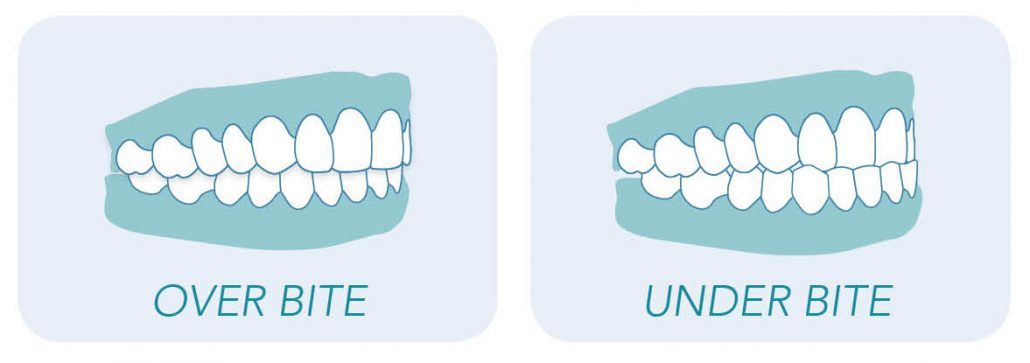
It’s important to recognise these dental conditions as soon as possible so that steps can be taken to correct the misalignment. Here is a quick and easy test to identify possible overbite or underbite:
Stand in front of the mirror and smile while applying slight pressure with your teeth together. If less than half of your lower frontal teeth are visible when your jaw is completely shut, it’s possible that you may be suffering from an overbite. However, if you look in the mirror and notice that your lower teeth protrude beyond your upper teeth when grinning, chances are high that you have an underbite.
If you or your child notice any of the following symptoms, it might be time to make an appointment with a dental specialist to confirm this diagnosis and seek the best treatment for you.
What causes underbite and overbite?
These conditions can result from a number of genetic or environmental factors such as thumb sucking, narrow dental arches, and even an underdeveloped lower jaw. In certain cases, underbite and overbite may be caused by a combination of genetics and dental hygiene, with improper brushing and flossing leading to weakened enamel, which reduces the strength of teeth.
Treatment for overbite and underbite
The most common treatments for underbite and overbite are braces or orthodontic surgery. The treatment plan will depend on the severity of the issue and the age of the patient. Orthodontic treatment is available to both children and adults, with a range of different options that can suit any budget or lifestyle. In extreme cases, jaw surgery may be recommended in order to reposition parts of the jawbone and thus realign the teeth more effectively.
It’s important to note that treating underbite and overbite takes time, patience and dedication. With perseverance, many people have successfully been able to overcome their dental misalignment thanks to orthodontic treatments such as braces. The key is finding an experienced orthodontist and creating an individualised treatment plan to ensure the best possible results. With the help of an experienced professional, underbite and overbite can both be corrected over time for a healthier and more confident smile.
Here are the common overbite teeth treatment options:
1. Teeth extraction to treat overbite
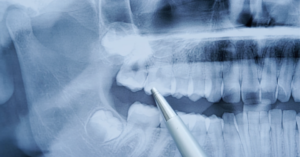
The procedure of teeth extraction involves the removal of certain teeth in order to create more space within the upper jaw, allowing for the overbite to be corrected. Teeth extraction is typically done under local anesthesia and is usually painless. However, after the procedure, patients may experience some discomfort while their mouth recovers.
Find out more about teeth extraction and our prices.
2. Braces and clear aligners to treat overbite
Perhaps the most common and effective treatment for overbite are braces. Braces work by applying a gentle pressure to the teeth which gradually moves them into position over time. The process begins with an initial assessment by an experienced orthodontist, who will determine the severity of the overbite and the best course of action.
Depending on the case, traditional metal or ceramic braces may be recommended to gradually shift the teeth into their proper position. In some cases, one may opt for clear aligners for a more discreet and convenient solution. After the braces are installed, they will need to be worn for approximately 18 months in order to realign the jaw and teeth correctly. Regular check-ups by the orthodontist will then be needed to monitor the progress of the treatment.
Find out more about our braces and clear aligner options and prices.
Here are the common underbite teeth treatment options:
1. Treating underbite without surgery – underbite braces and clear aligners

For mild-to-moderate misalignments of the teeth, also known as Class 3 malocclusion, clear aligners could be employed. However, if more severe underbite conditions are present, then traditional braces and longer treatment times may become necessary. To realign your upper and lower teeth with braces in most underbite cases, tooth extraction may be necessary to create sufficient space for the bottom row of teeth to move.
Do not worry though! The procedure of teeth extraction is a safe and painless. In the majority of cases, it can be done under local anesthesia to provide further comfort for the patient. Following the extraction, most patients experience minimal to no discomfort while their mouth recovers from the procedure.
Find out more about WeSmile’s braces & tooth extraction services.
2. Treating underbite with jaw surgery – combining jaw correction with underbite braces
For more severe underbite cases whereby the misalignment of the jaw cannot be corrected via braces alone, a combination treatment plan consisting of surgery and braces may be the most successful outcome. Jaw correction might necessitate articulating the jawbone and/or altering its length, which requires undergoing surgery.
Jaw surgery, also known as orthognathic surgery, is a type of corrective dental procedure that focuses on realigning the jaws. During jaw surgery, the upper and lower jaws can be repositioned to restore their proper alignment. This procedure is very safe, with most patients reporting minimal discomfort during the procedure. Orthognathic surgery can be performed under general anesthesia to ensure maximum comfort and accuracy of the operation. The procedure itself can range from a few hours to a day or more, depending on the complexity of the underbite and other factors. Although it may take some time to recover from the surgery, jaw correction can vastly improve underbite cases and many patients report seeing immediate results.
However, we understand that many people would prefer to avoid undergoing such a procedure if possible. That is why WeSmile Dental is dedicated to providing more conservative treatment options for underbite correction. We will perform comprehensive tests and checks to determine if there are any other treatment options for you before recommending jaw surgery. So rest assured, we have your interests at heart!
Book a consultation with our experienced dentists here.
Overcoming underbite and overbite teeth with the support of experienced professionals
Underbite and overbite can be uncomfortable, embarrassing, and even cause jaw pain. Fortunately, there are a variety of treatment options available to correct underbites and overbites that range from traditional braces to clear aligners and even surgery. With the right diagnosis by an experienced dentist or orthodontist, you can find a solution that works for your individual needs.
So if you’re experiencing dental issues due to underbite or overbite, don’t hesitate to reach out today! Our team at WeSmile Dental is ready to help diagnose your condition and recommend treatments so you can have healthy teeth again in no time. Get the smile you deserve!
